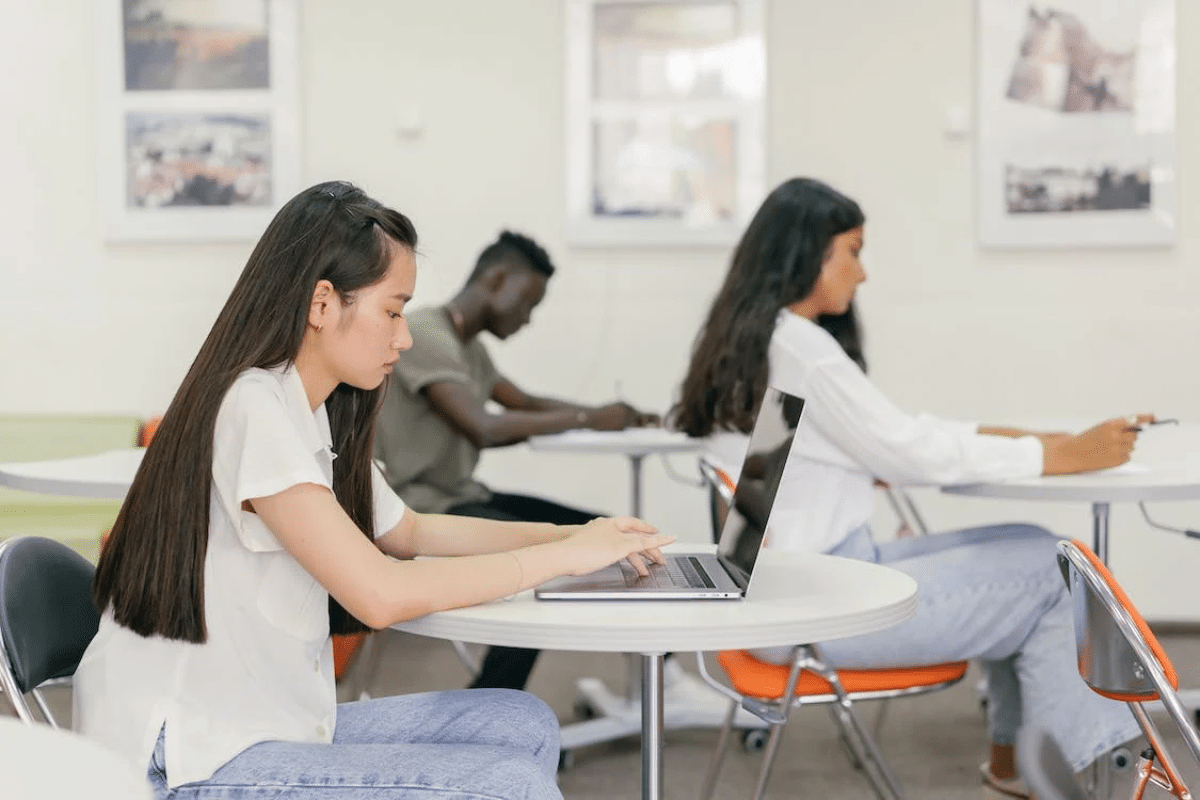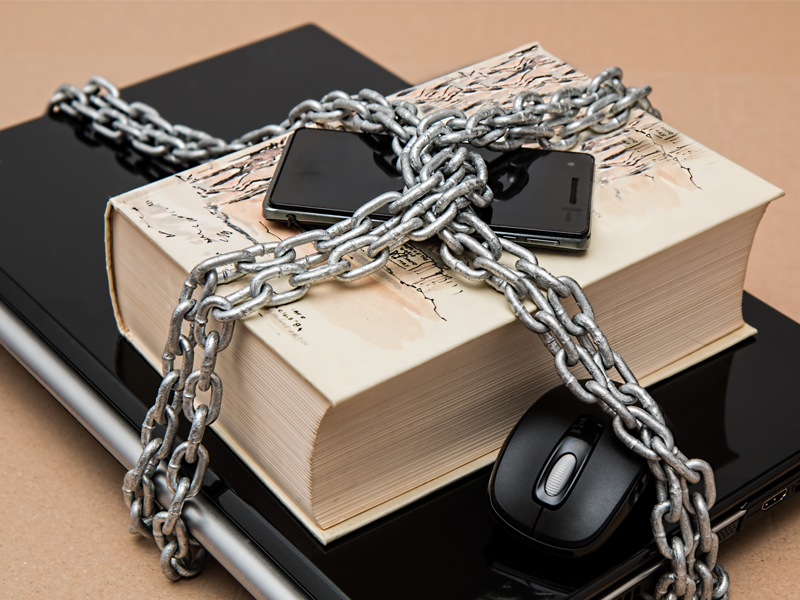This is a guest blog post by Teddy Hunt, who is a freelance content writer with a focus on technology. When not behind a computer, Teddy spends the majority of his free time outdoors and resides in Tampa, Florida.
Social media has changed how we approach many facets of life in the 21st century, including everything from our interpersonal relationships to how we consume and filter media. Many teachers used to (and still do) shun social media from the classroom, claiming it distracts students and raises privacy concerns. However, more progressive educators are realizing platforms like Facebook and Twitter are already integral parts of their students’ lives and are learning how to use social media for educational purposes in the classroom. Here are 5 ways social media has changed the traditional classroom.
It Changes How Teachers and Students Communicate
For decades, students only ever expected to see their teachers in a school setting, such as during regular class hours, or perhaps for an extracurricular meeting of some kind. Occasionally teachers would give out their phone numbers to offer assistence with homework, but students rarely made calls to their educators after school. However, social media allows students to maintain a direct link to teachers outside of the classroom. This means students will be able to easily ask for help on homework assignments or projects from the comfort of their own homes. Some teachers even report shy students using social media to organize their thoughts and communicate more effectively than when they communicate verbally.
It Enhances Peer Collaboration
Students working together on projects is nothing new, but the degree to which students can collaborate has skyrocketed since the advent of social media. In both grade schools and collegiate institutions, students are making dedicated social media pages and groups that provide an easy-to-use forum for discussing classroom topics and working through difficult problems together. By regulating their own public workspace and working together to solve problems, students are learning valuable team-building and communication skills that will be handy further down the road. Companies like Lenovo make hybrid laptops and tablets that are great for students who want to stay connected.
It Helps Students Follow Current Events
Instead of scolding students for using social media, some teachers are actually beginning to encourage their classes to use platforms like Facebook and Twitter to stay up to date on the latest current events. Teachers could encourage their students to follow particular top influencers or quality groups that relate to their subjects. “This seemed like a meaningful way to engage students in current event discussions,” said Chris Lazarski, an American Public Policy teacher.” It also seemed like a format that could be used to teach students how to use Twitter in a meaningful way.” Students who use social media to discuss the latest news will also develop their English language communication skills. Additionally, they could polish their ability to synthesize complicated information and form their own ideas and opinions through the use of such networks.
It Teaches Them Appropriate Online Behavior
Just because students may be more accustomed to using social media than their parents or teachers, that doesn’t mean they’re equally adept with matters of maturity. When educators become more involved with social media, they’re able to spot red flags early on. For example, the i-SAFE foundation shows that 1 in 3 youths have been the victim of cyber threats at some point in their lives. Not only can teachers help prevent cyber-bullying, but can also give valuable advice about how to keep up a clean, professional profile and avoid posting things that may raise eyebrows with potential future employers.
It Keeps Their Minds Working, Even During Leisure Time
Today’s generation of students are more inclined to use social media in their free time than ever before. In fact, students 2 to 11 increased their online activity by 63 percent in the past decade. Some educators recognized this growing trend and had an idea—why not augment lessons in the classroom with activities on social media sites? For example, one teacher helped create a forum through which to give students extra assignments, such as having them comment on a presidential speech or make videos about things they see on their way home that apply to lessons from the classroom.
Technology continues to revolutionize both our social dynamics and the way we learn about the world around us. Educators are taking heed and harnessing the power of social media to empower their students. Have you seen other unique, powerful ways schools/teachers have integrated social media into the everyday classroom? Let us know in the comments below!


![Give Your Audience a New Perspective With UGC + DAM Webinar with Widen [Summary, Slides, and Recording]](https://www.tintup.com/blog/wp-content/uploads/Screen-Shot-2018-09-14-at-1.52.14-PM.png)

